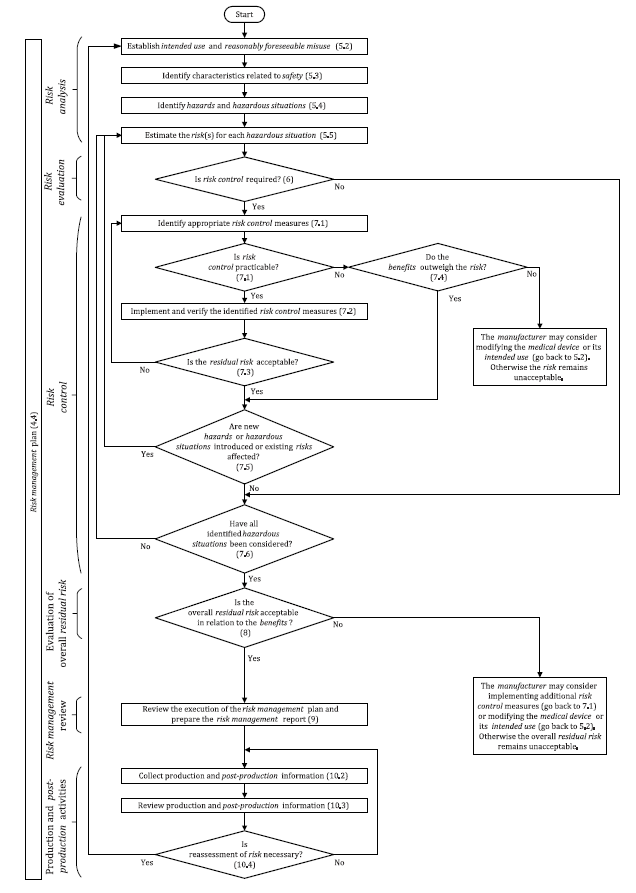

The process of predicting, monitoring and analyzing factors (risks) that may have an impact on some operation or function and identifying and implementing ways to control their impact.Īlthough risk management is often focused on minimizing financial losses, a risk may be any aspect of an activity, such as product development, which may impact the overall activity. Risk management can be generally defined as: But before diving into a discussion about this standard, let’s first define risk management in general. And one standard, ISO 14971, explicitly targets risk management for medical devices. Medical device development is highly scrutinized and there are many regulations and standards that developers, suppliers, distributors and other service providers must follow. This is especially true when the risks can lead to severe outcomes, such as injury or even fatality, as is the case when designing and developing medical devices. Consequently, risk management is a major concern for any organization. Risks are distinct threats that can positively or negatively impact our endeavors. Risk is not just a philosophical concept. Assuming risks do exist and our choices can increase or decrease the probability of their manifestation, it behooves us to try and manage them to improve our life experience and ward off possible catastrophes.

Have you ever tried crossing a busy street without traffic light assistance? Not surprisingly, that can be a rather terrifying experience. Yet, careful observation appears to support that life is definitely filled with risks of varying degree. At times, a series of events can certainly seem to give credence to the latter position. A formidable philosophical debate that I have engaged in with more than one willing participant is whether life poses any true risks or if we are simply fulfilling predetermined destinies.


 0 kommentar(er)
0 kommentar(er)
